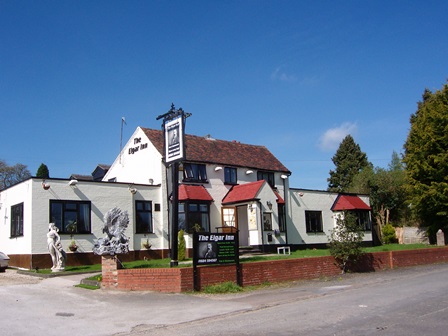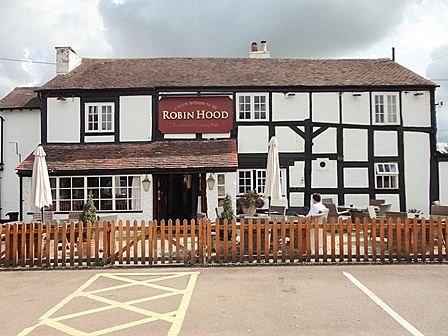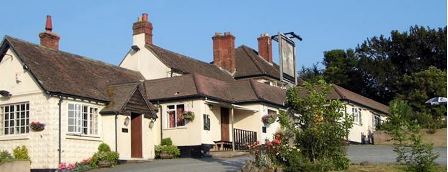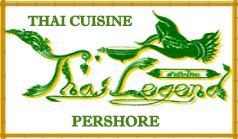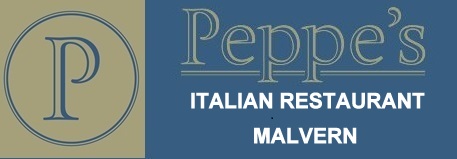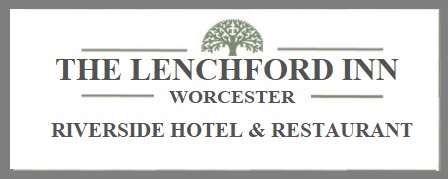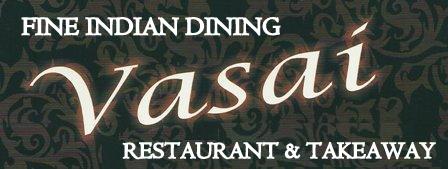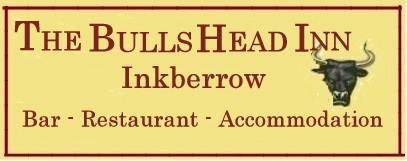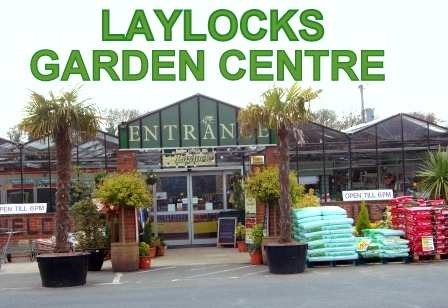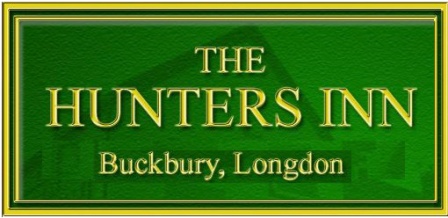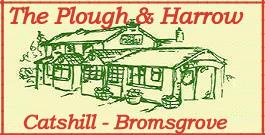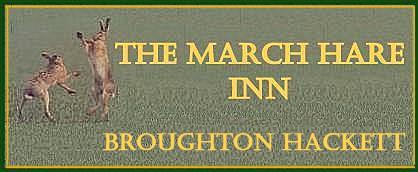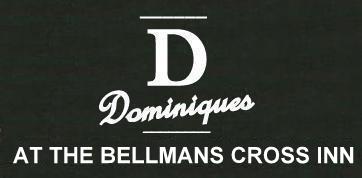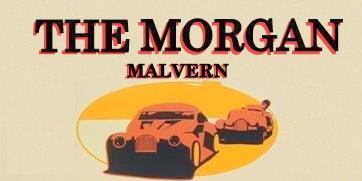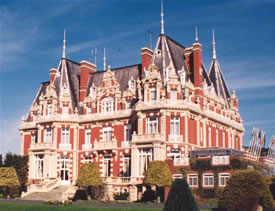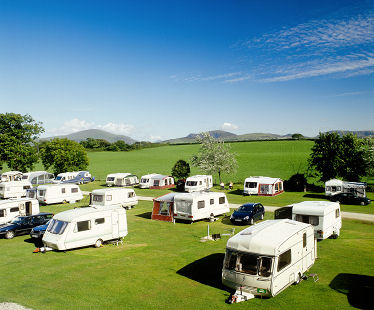Worcestershire Tourist Guide - Articles
Evesham
The ancient market town of Evesham can trace its existence back to the 8th century when Evesham Abbey was founded on the spot where the Virgin Mary is believed to have appeared to a humble swineherd call Eoves while he was searching for a stray pig in the area called 'Lomme'. Eoves reported his experience to Ecgwin the third Bishop of Worcester for whom he worked who came to the spot and also saw the vision. Ecgwin founded the Abbey in 709 and became the first Abbot. The area became known as Eoveshomme (later Evesham). The town grew around the Abbey which in 1540 when it was dissolved by Henry VIII was estimated to be the third largest and most powerful Abbey in England.
The Abbey Church and most of the monastic buildings were dismantled and sold off as building stone but the twin Churches of All Saints and St Lawrence and Abbot Lichfield's fine 16th-century bell tower remain. These fine buildings built within the Abbey precincts form an impressive backdrop to the Abbey Park with its grassy banks, shady trees and flower beds ablaze with colour sweeping down to the river.
The town witnessed the Battle of Evesham on 4th August 1265 during which Simon de Montfort, known as the father of the English Parliament, was bitterly defeated and brutally killed. His remains were brought by the monks from the battlefield, (north of the town and known now as Greenhill) and solemnly buried in front of the High Altar in the Abbey Church. A modest stone memorial in the park marks the spot where the burial took place.
The town boasts a wealth of historic buildings including a fine 15th-century timbered merchants house called the 'Round House' now occupied by the NatWest Bank, Abbot Reginald's gateway, a Norman arch leading to the abbey site, flanked by the 15th-century Walker Hall and Church House. In the high street is a notable late 17th-century townhouse, Dresden House, once occupied by Dr Baylies, physician to Frederick the Great of Prussia, and tucked away in the area of the town called Bengeworth is an old manor house once owned by King Canute.
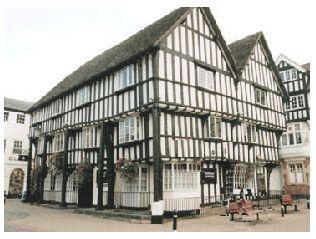
Perhaps the most notable building in the town after the churches and bell tower is the Almonry. Dating back to 1400 this was once the home of the Abbey Almoner, who was charged with the duty of administering to the poor and needy and providing hospitality to visitors to the Abbey. The Almonry now houses the town's busy Tourist Information Office and Heritage Centre, an excellent museum with ten rooms of exhibits relating to the history of the Abbey, the Battle of Evesham as well as the social and economic life of the Vale.
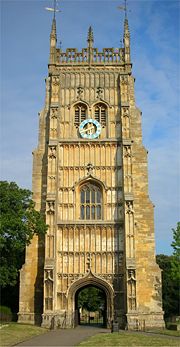
The fertile plains of the Vale of Evesham has been home to Neolithic, Celt, Roman, Saxon and English peoples all attracted by the rich soil that is ideal for growing all manner of flowers, fruit and vegetables. The market town of Evesham, granted the rights to run a market in 1055, lies in a loop of the River Avon about 14 miles from Worcester, Stratford-upon-Avon and Cheltenham.
Evesham is home to many annual events including a fishing contest, a hot-air balloon festival, a regatta and a river festival which features illuminated boats. The town`s Hampton ferry is the last hand pulled ferry in the country.
Despite the decline in Agriculture since the 1970`s the Vale of Evesham is still one of the most productive areas in the country. It is also one of the most picturesque especially in the spring when the blossom is on the trees and with the Cotswolds and Bredon Hill near by many fine walks are to be found.
Wander through the ancient market town, with its numerous quality restaurants and many tea shops and pubs.
Visit the Riverside Shopping Centre with its many High Street names, the multistorey car park leads into the pedestrian area of Bridge Street providing a traffic free relaxing shopping area.
The High Street and Vine Street are accessed from the top of Bridge Street.
Stroll the riverside parks and gardens on the banks of the River Avon where boating and fishing are popular pastimes.
Evesham has a wide range of accommodation from bed & breakfast to guest houses and hotels.
The Abbey Church and most of the monastic buildings were dismantled and sold off as building stone but the twin Churches of All Saints and St Lawrence and Abbot Lichfield's fine 16th-century bell tower remain. These fine buildings built within the Abbey precincts form an impressive backdrop to the Abbey Park with its grassy banks, shady trees and flower beds ablaze with colour sweeping down to the river.
The town witnessed the Battle of Evesham on 4th August 1265 during which Simon de Montfort, known as the father of the English Parliament, was bitterly defeated and brutally killed. His remains were brought by the monks from the battlefield, (north of the town and known now as Greenhill) and solemnly buried in front of the High Altar in the Abbey Church. A modest stone memorial in the park marks the spot where the burial took place.
The town boasts a wealth of historic buildings including a fine 15th-century timbered merchants house called the 'Round House' now occupied by the NatWest Bank, Abbot Reginald's gateway, a Norman arch leading to the abbey site, flanked by the 15th-century Walker Hall and Church House. In the high street is a notable late 17th-century townhouse, Dresden House, once occupied by Dr Baylies, physician to Frederick the Great of Prussia, and tucked away in the area of the town called Bengeworth is an old manor house once owned by King Canute.
Perhaps the most notable building in the town after the churches and bell tower is the Almonry. Dating back to 1400 this was once the home of the Abbey Almoner, who was charged with the duty of administering to the poor and needy and providing hospitality to visitors to the Abbey. The Almonry now houses the town's busy Tourist Information Office and Heritage Centre, an excellent museum with ten rooms of exhibits relating to the history of the Abbey, the Battle of Evesham as well as the social and economic life of the Vale.

The fertile plains of the Vale of Evesham has been home to Neolithic, Celt, Roman, Saxon and English peoples all attracted by the rich soil that is ideal for growing all manner of flowers, fruit and vegetables. The market town of Evesham, granted the rights to run a market in 1055, lies in a loop of the River Avon about 14 miles from Worcester, Stratford-upon-Avon and Cheltenham.
Evesham is home to many annual events including a fishing contest, a hot-air balloon festival, a regatta and a river festival which features illuminated boats. The town`s Hampton ferry is the last hand pulled ferry in the country.
Despite the decline in Agriculture since the 1970`s the Vale of Evesham is still one of the most productive areas in the country. It is also one of the most picturesque especially in the spring when the blossom is on the trees and with the Cotswolds and Bredon Hill near by many fine walks are to be found.
Wander through the ancient market town, with its numerous quality restaurants and many tea shops and pubs.
Visit the Riverside Shopping Centre with its many High Street names, the multistorey car park leads into the pedestrian area of Bridge Street providing a traffic free relaxing shopping area.
The High Street and Vine Street are accessed from the top of Bridge Street.
Stroll the riverside parks and gardens on the banks of the River Avon where boating and fishing are popular pastimes.
Evesham has a wide range of accommodation from bed & breakfast to guest houses and hotels.










